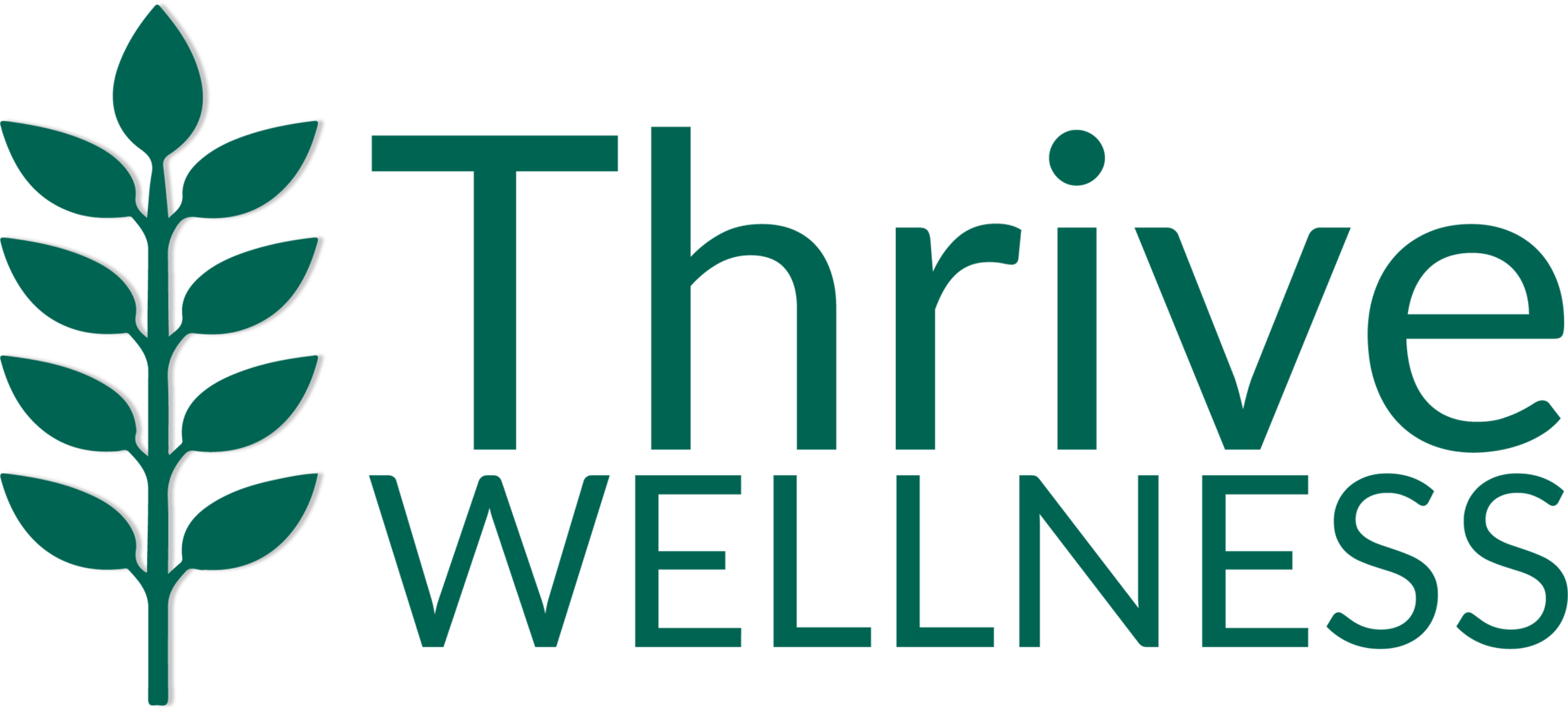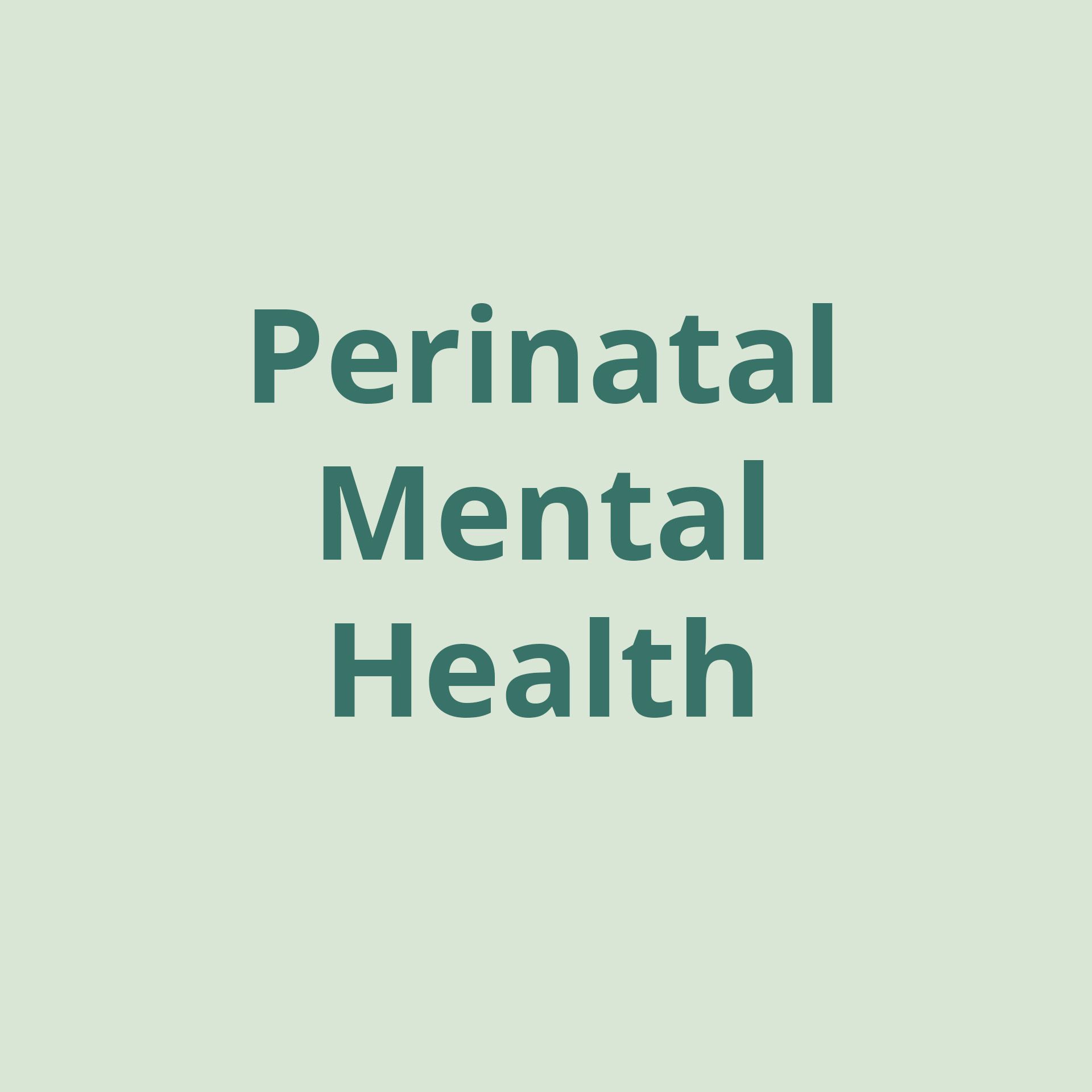Healing From the Ground Up: The Dangers of Eating Disorders and the Effectiveness of Integrated Treatment

By Thrive Reno’s Chief Operating Officer Katie Stout-Ithurralde, MBA
UNDERSTANDING EATING DISORDERS
Eating disorders are complicated behavioral health conditions that disrupt mental, physical, and emotional well-being and can even be fatal . Part of what makes them so complex is that they often co-occur with other psychological struggles , including anxiety, depression, and obsessive-compulsive disorder (OCD).
Individuals experiencing eating disorders typically engage in disordered eating behaviors , such as calorie restriction, binging, or purging, as ways to cope with their emotions. Over time these harmful coping strategies can become deeply ingrained, making it difficult to integrate healthy habits for processing emotions and allowing the eating disorder to establish dominance. Because of this, receiving outpatient or inpatient treatment for food and body-related struggles early on can make a person’s recovery smoother.
Often, individuals experiencing eating disorders feel embarrassed and ashamed, so they attempt to hide their condition which can prevent them from obtaining the help they need to recover. To mitigate the risk of a loved one struggling with an eating disorder in secret, it’s vital to be aware of the signs of an eating disorder.
WARNING SIGNS FOR EATING DISORDERS
Signs that a person may be experiencing an eating disorder include:
- Preoccupation with body shape, size, or weight
- Preoccupation with food or dieting
- Creating rigid rules around food, eating, or physical activity
- Skipping meals or vomiting after eating
- Feelings of discomfort when eating around others
- Withdrawal from social situations involving eating
- Fluctuations in weight
- Gastrointestinal problems, including slowed digestion and constipation
- Menstrual irregularities
- Difficulties concentrating
- Anemia
- Decrease of red or white blood cells
- Underactive thyroid
- Decreased hormone levels
- Low potassium levels
- High cholesterol levels
- Dizziness or fainting
- Persistently feeling cold
- Trouble sleeping
- Dental problems, including enamel erosion, discoloration of teeth, cavities, and tooth sensitivity
- Dry skin, hair loss, and brittle hair and nails
- Growth of lanugo, which is hair that helps the body stay warm when facing starvation
- Impaired immune functioning
For further insight into signs of eating disorders, you can assess disordered eating behaviors here .
COMMON TYPES OF EATING DISORDERS
Anorexia and bulimia typically come to mind when eating disorders are a topic of discussion, but many do not know the difference between them and there are other kinds of eating disorders that can inflict just as much suffering.
All statistics regarding the prevalence of eating disorders have been sourced from the National Eating Disorders Association’s (NEDA) Statistics & Research on Eating Disorders .
Anorexia Nervosa
Anorexia nervosa involves significant weight loss, calorie restriction, and distorted body image. It may also involve compulsive physical activity, purging behaviors such as self-induced vomiting or laxative abuse, and binge eating. Up to 2% of females and up to 0.3% of males will develop anorexia in their lifetimes.
Anorexia essentially starves the body by denying it the essential nutrients it needs to function. To conserve energy necessary for survival, the body slows down its processes which can result in serious and sometimes deadly consequences , including electrolyte imbalances and cardiac arrest.
Avoidant Restrictive Food Intake Disorder (ARFID)
Avoidant restrictive food intake disorder (ARFID) is an eating disorder that most often affects youths . Individuals experiencing ARFID have difficulty eating due to a lack of interest, sensory aversions, or fear that they may experience pain and discomfort while eating. One study showed that adolescents with ARFID were more likely to be younger and male.
Binge Eating Disorder (BED)
Binge eating disorder (BED) is characterized by frequently eating large quantities of food, feeling a loss of control while eating, and not regularly engaging in unhealthy compensatory behaviors such as purging. Individuals experiencing BED typically feel ashamed, distressed, or guilty following a binge. A study of Americans found that 3.5% of women and 2% of men had BED during their life, making it the most common type of eating disorder in the United States.
Bulimia Nervosa
Bulimia nervosa is expressed by frequently eating large quantities of food, feeling a loss of control while eating, and compensatory purging behaviors such as self-induced vomiting or abusing laxatives. One percent of young women and 0.1% of young men meet diagnostic criteria for bulimia.
Diabulimia
Although not an official medical diagnosis, diabulimia is recognized by the eating disorder treatment community and describes when insulin-dependent diabetes (typically type 1) co-occurs with an eating disorder. Behaviors associated with diabulimia typically include binge eating, purging, and insulin restriction. Individuals experiencing diabulimia face a significant risk of life-threatening medical complications.
Other Specified Feeding or Eating Disorders (OSFED)
Other specified feeding or eating disorders (OSFED) are eating disorders that don’t fit the strict diagnostic criteria of any other eating disorders outlined by the Diagnostic and Statistical Manual of Mental Disorders (DSM-5), which is used by clinicians to diagnose psychiatric illnesses. Although a somewhat general category of eating disorders, OSFED can be just as severe and life-threatening.
OSFED may describe:
- Atypical anorexia : A condition that meets all the criteria for anorexia, except that the individual is not clinically underweight despite significant weight loss.
- BED of low frequency and/or limited duration: A condition that meets all the criteria for BED, except at a lower frequency or for less than three months.
- Bulimia of low frequency and/or limited duration: A condition that meets all the criteria for bulimia, except that the binge eating and unhealthy compensatory behavior occurs at a lower frequency and/or for less than three months.
- Purging disorder: Frequent purging behavior to influence weight or shape without engaging in binge eating.
- Night eating syndrome: Frequently engaging in night eating that causes significant distress or impairment and isn’t explained by another mental health condition, such as BED.
COMMON MISCONCEPTIONS ABOUT EATING DISORDERS
1. A person’s appearance reveals whether or not they’re experiencing an eating disorder.
While sometimes this is the case, more often than not, individuals experiencing eating disorders may be in bodies that appear to be within the “normal” range of size, shape, and weight.
2. Only girls and women are at risk for developing eating disorders.
Men also experience eating disorders, representing 25% of individuals with anorexia and 40% of those with BED. Men also face a higher risk of dying from eating disorders, partly due to the widely held assumption that men don’t struggle with eating disorders and therefore are underdiagnosed and undertreated. Some disordered eating behaviors such as binge eating, purging, and fasting are nearly as common among males as they are among females.
3. Eating disorders are lifetime conditions.
Full recovery from an eating disorder is entirely possible. While recovery takes time , through integrated treatment, a strong support system, and self-compassion , a person can heal their relationship with food and their body.
WHAT IS INTEGRATED TREATMENT?
An integrated approach to eating disorder treatment involves a team of primary care providers, therapists, psychiatrists, dietitians, body-positive counselors, and mindful movement specialists. Comprehensive treatment ensures that all the facets of an eating disorder, including its mental, emotional, behavioral, and physical implications, can be addressed for holistic healing and complete recovery.
HEAL AND GROW WITH THRIVE
At Thrive, our eating disorder treatment programs provide individualized and integrated care. Implementing the latest evidence, Thrive’s multidisciplinary team of specialists collaborates to provide personal, well-rounded eating disorder treatment while respecting the complexity and severity of the disorders and guiding our clients to better health with compassion, encouragement, and nurturing care. You can learn more about our eating disorder treatment programs across the country by contacting us .
About the Author
Thrive Reno’s Chief Operating Officer Katie Stout-Ithurralde, MBA
Katie Stout joins Thrive with more than 17 years of experience in the behavioral health field, 13 years of which have been dedicated to eating disorder treatment. Katie has her master’s degree in business management along with an undergraduate degree in social work. As the previous chief executive officer of two behavioral health organizations, most recently serving as regional director of operations for Applegate Recovery, Katie has extensive experience in various settings including residential, partial hospitalization, intensive outpatient programs, and outpatient therapy centers.
With a passion that centers around treating the entire person, mind, body, and spirit, Katie provides a sense of trust that helps foster a safe environment for clients as they begin this path to a happier, healthier life.








